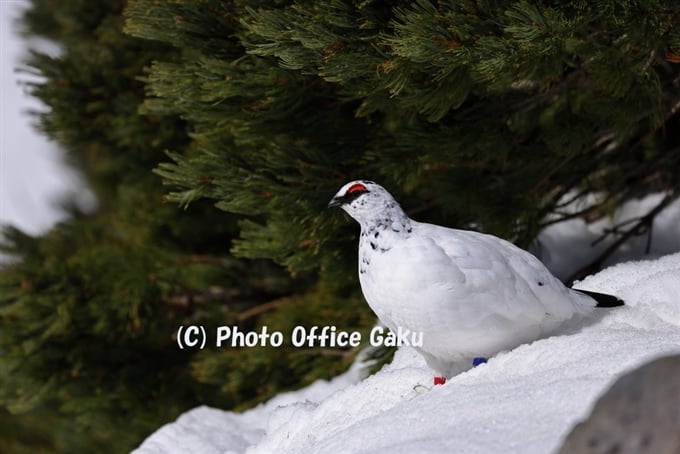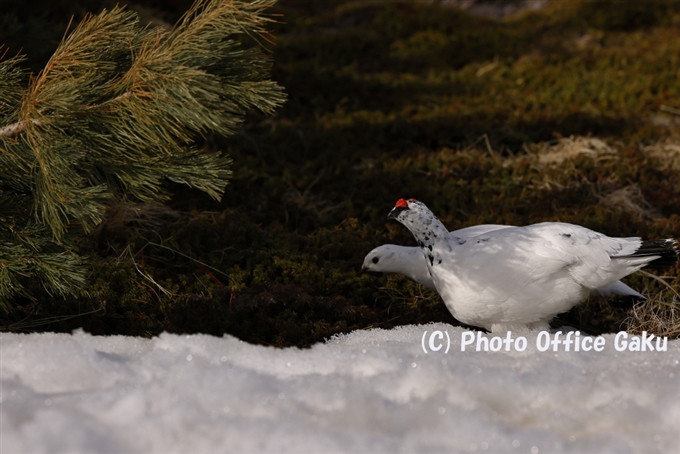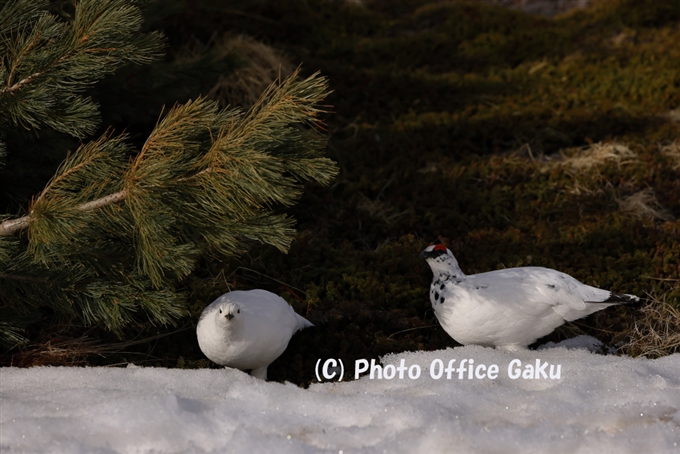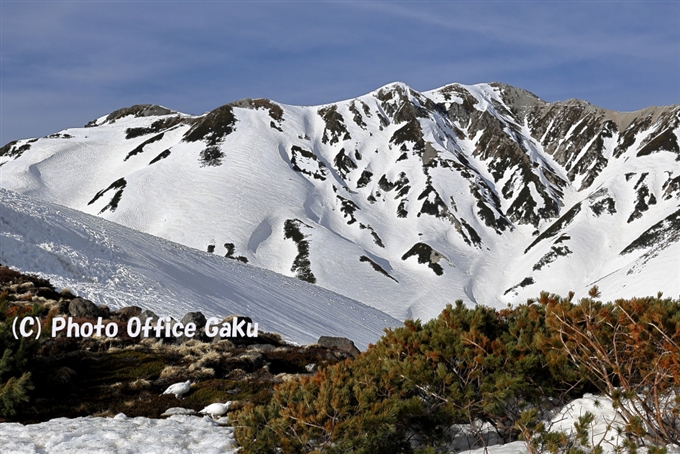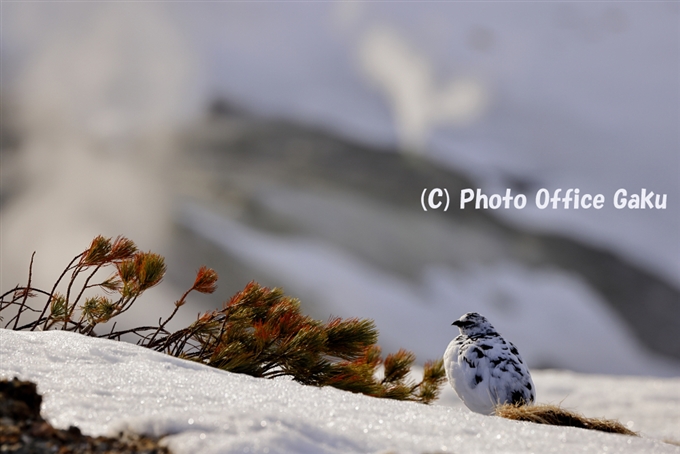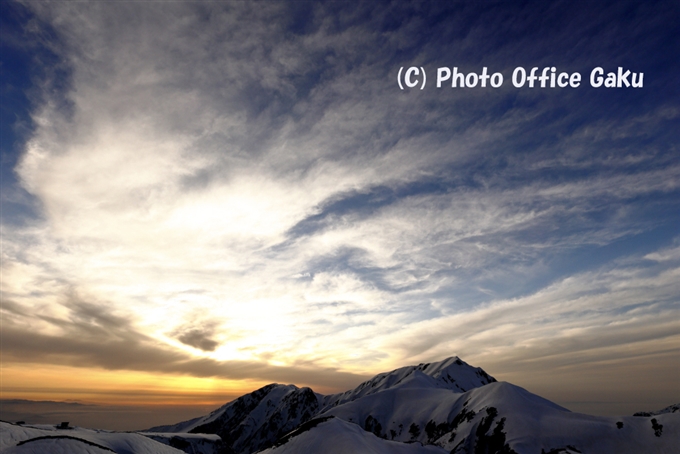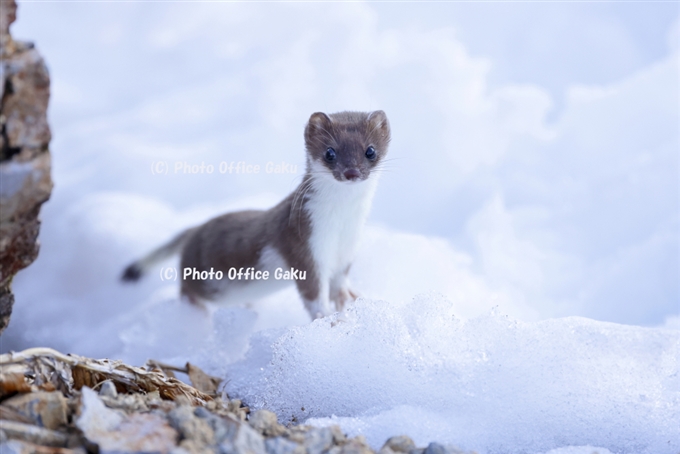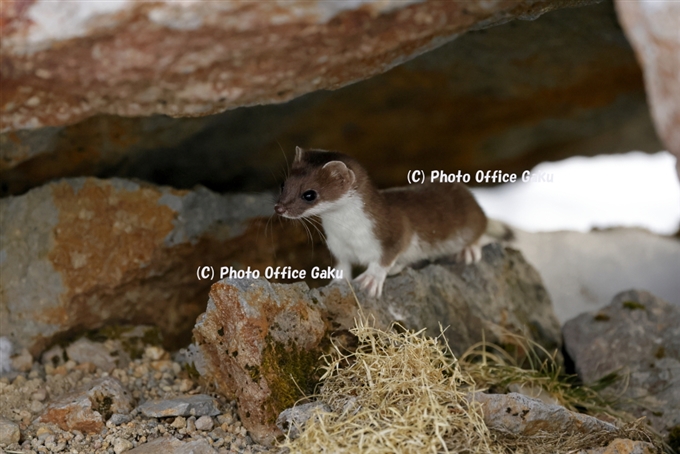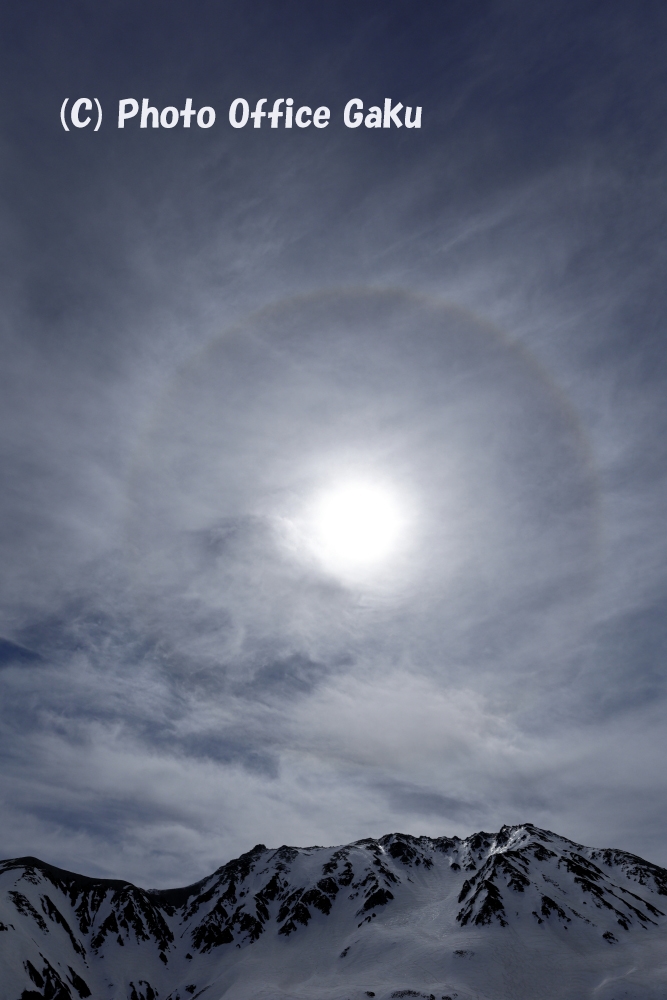This is a report for the “BIRD PHOTOGRAPHY TOUR” by Gaku Tozuka.
Just to check out the conditions, I visited the site three days before the tour was scheduled to start and took some photos. The weather forecast for the past few days was not accurate. The tour started as scheduled with everyone meeting at Murodo Terminal.
Rock Ptarmigan of Tateyama – Photography Tour Report (April 23-24, 2021)
It was forecasted that the weather for the next day would be bad, but since the weather was good at the moment, we stopped at the roof of the terminal in order to get some photos of the Asian House Martin (Delichon dasypus) for about 30 minutes.
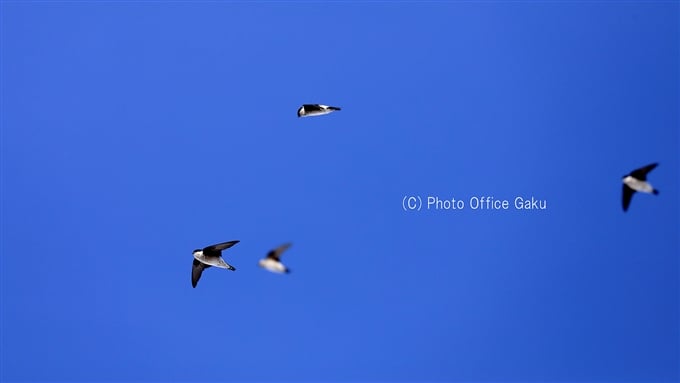
We walked to the inn at 12:30PM and are our lunch right away. Conducting a simple orientation, I explained the general schedule, some basic biology and behaviors of the rock ptarmigan (Lagopus muta japonica). After we finished lunch, we put our luggage away and had a quick explanation of the lodging and we started shooting more photos quickly thereafter. There were people gathering outside already, by the time I stepped outside. Right off, we found a pair of rock ptarmigans and could get some photos right away, but they quickly hid in the Siberian Dwarf Pine (Pinus pumila), so we moved on to find some other ptarmigans.
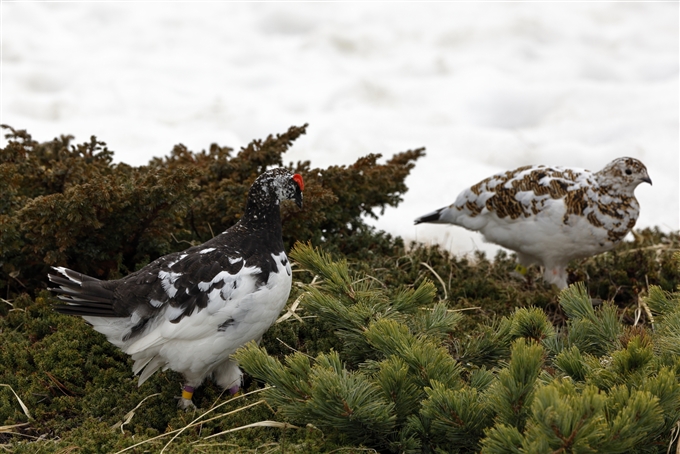
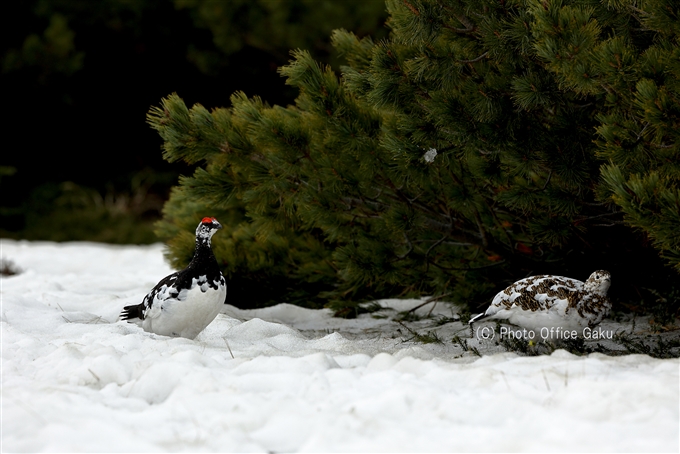
In April we had an average amount of snowfall, but now considering that it is May, there was still a lot of snow on the ground for this time of year. Perhaps it was due to that, but the rock ptarmigans didn’t stand on top of the large rocks, as they usually do. This is one of the shots we are aiming for, so it was a bit challenging that they did not do it. So, we returned to the first location where we saw the birds earlier and we found the female resting on the dwarf pine and got photos of it there. As we watched, a male moved slightly in the background, and as we positioned in the direction of their movement, we could get the two birds together making all the participants satisfied with some exciting action! Lol! The pair made their way back to the cover of the tree, and so we moved on to the next photo point.
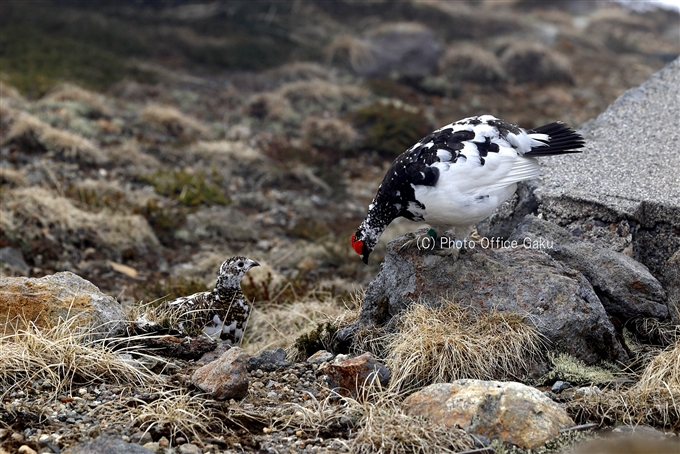
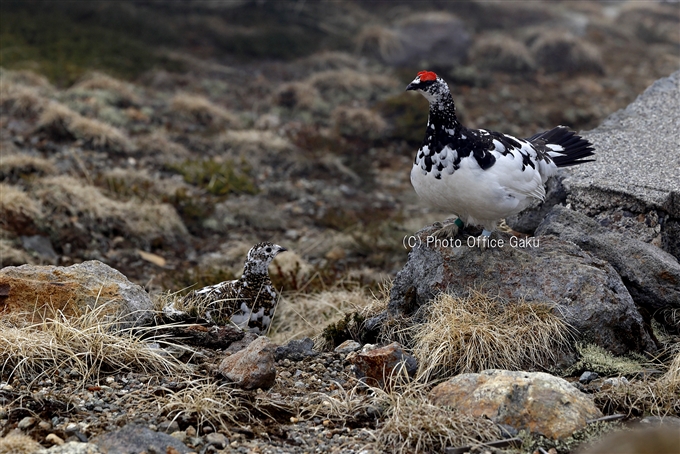
At the new spot, another ptarmigan was there as well! It was good for photos, but a white fog rolled in, and after a while, it flew away.
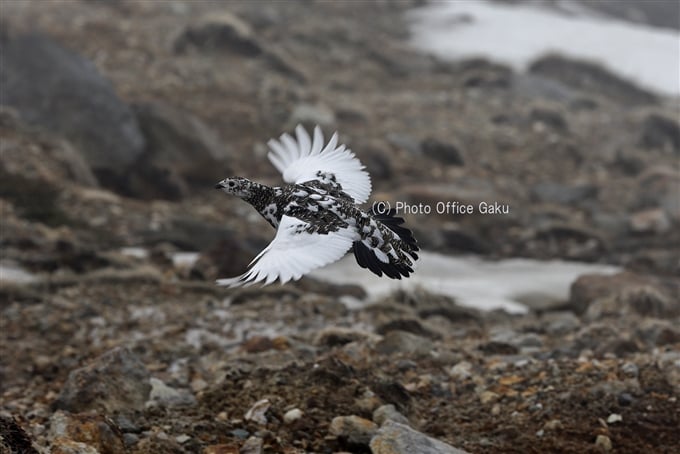
We were planning to take a break around here, but then a different male bird came out on the opposite side. It looked like it was possibly being wary of other males, and when we looked more closely, we could see a female was nearby. As we were getting the photos, we realized there was a second female close by as well! So, we were able to get a rare chance to see and photograph two females in the same shot. It really does not happen often, so we were careful to get many photos of the scene as we could.
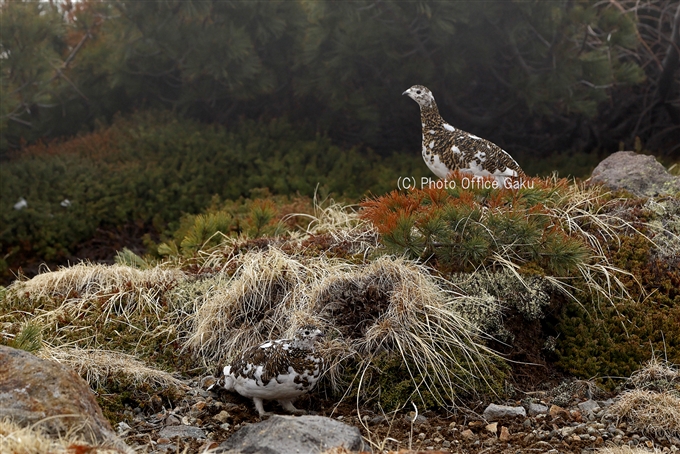
After getting the photos, the females started fighting each other and the male had to chase one of the females away. I am not sure how much of the drama the other group members could catch of the exchange, but it offered an exciting variation from the normal behavior. A heavy fog rolled in, so we took a break at the lodging. Even though I was thinking that the sunset won’t be visible, the fog suddenly lifted, so we prepared with some warmer clothing and headed out to look for ptarmigans again. We quickly found another pair again. The light on the birds was good for photos, but unfortunately the ropes and posts were in the way, so it was hard to get a good photo. These birds didn’t move at all, so we packed up our gear and moved over to the sunset photo point.
We were going to set up the tripods to get the photos of the sunset, but a strong wind was blowing, and we just couldn’t risk using the tripods. So, we took photos holding our cameras firm in hand. The weather was changing rapidly but amidst enduring the cold, we were still excited for the rare chance to get photos of a nice sunset.
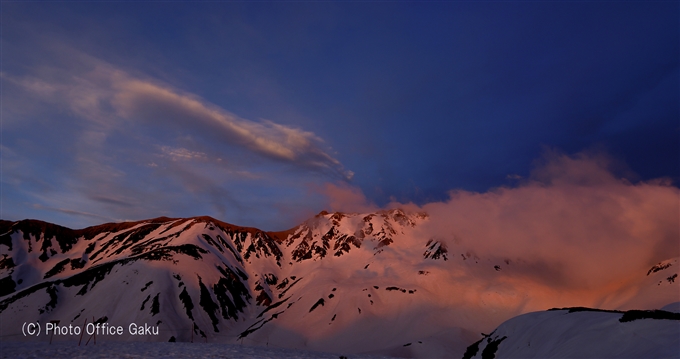
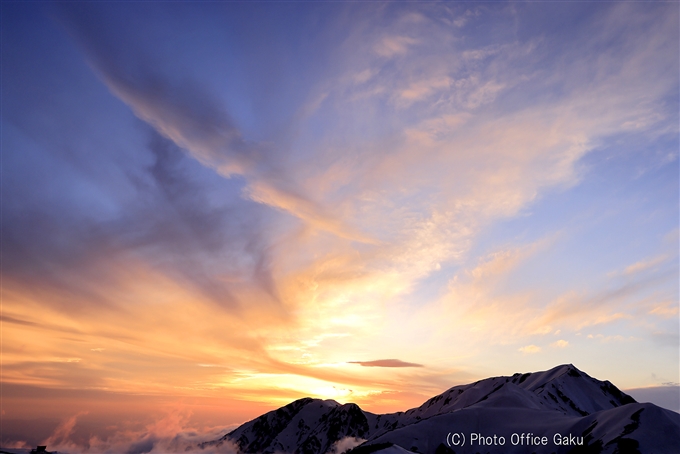
On the second day, we met at 5 AM, but the heavy rain prevented our getting any photography time. We all had our breakfast at 6 AM. We gathered up again at 8 AM to discuss what to do next. There was a consensus to head back home, so we packed up our bags and arrived at Murodo terminal in the rain and concluded the tour there.
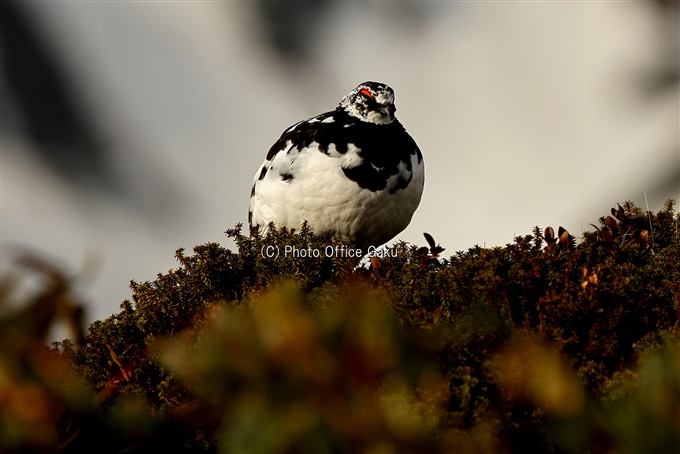
In April and May, we conducted these 2 days and one night tours, but perhaps it is a bit too hard of a schedule? I am thinking perhaps it is to tough. It is an high-altitude location, so it is harder for people to adjust to the lower oxygen levels, when compared to photographing on flat ground at lower elevations.
For all the participants, it was quite difficult to walk in the snow for 2 days, especially also due to the strong winds and in the heavy rain. But I do hope they were able to fully enjoy the chances to see some rock ptarmigans and the beautiful sunset. Thank you so much for participating in the tour!
Image & Text: Gaku TOZUKA
Observation: May 2021, Tateyama, Toyama Prefecture
Profile:Gaku Tozuka (戸塚 学)
 Born in Aichi Prefecture in 1966 and currently resides there. Became interested in photography when he was a junior in high school. He has been taking photographs mainly of natural scenery and wildlife, which he has loved since he was a child. Currently, rather than taking “pretty, cute, and cool” photos, he focuses on taking photos of scenes that have a human touch and environmental scenes that show the relationship with human life. Ultimately, he aims for “photographs that have a smell. His work has been published in photo collections and exhibitions, and used in magazines, illustrated books, and calendars. His photographic collections include “Raicho Korokoro” and others.
Born in Aichi Prefecture in 1966 and currently resides there. Became interested in photography when he was a junior in high school. He has been taking photographs mainly of natural scenery and wildlife, which he has loved since he was a child. Currently, rather than taking “pretty, cute, and cool” photos, he focuses on taking photos of scenes that have a human touch and environmental scenes that show the relationship with human life. Ultimately, he aims for “photographs that have a smell. His work has been published in photo collections and exhibitions, and used in magazines, illustrated books, and calendars. His photographic collections include “Raicho Korokoro” and others.
*Please contact us, Saiyu Travel for arrangements for wildlife and bird photography tours in Japan.
Tags: Wildlife Photography tour in Japan, Bird Watching Japan, Wildlife tour in Japan, Wildlife in Japan, 立山, ライチョウ, Rock Ptarmigan, Tateyama, Tateyama Rock Ptarmigan Photography, GAKU TOZUKA, Raicho, Wildlife of Japan, Birding tour Japan, Birds of Japan, Bird tour Japan




